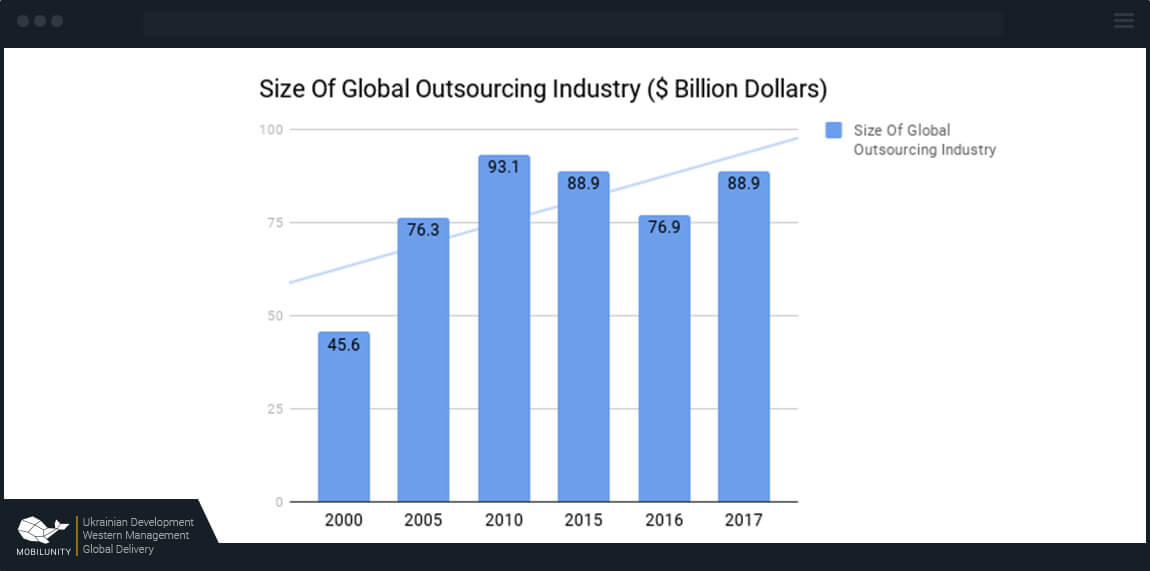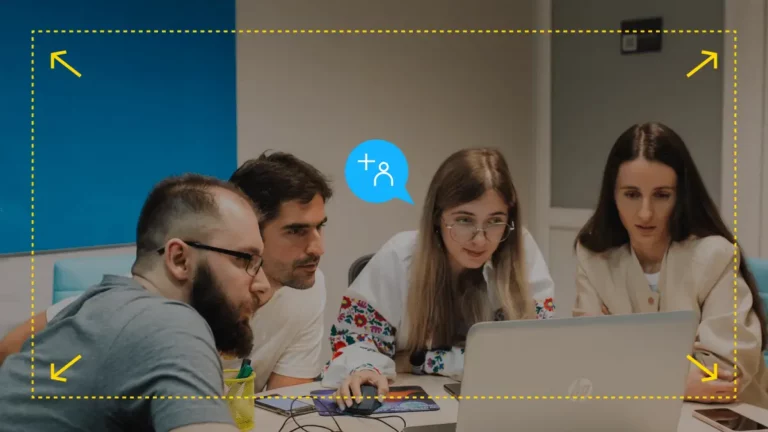Global Delivery Model Explained
What Is the Global Delivery Model?
The global delivery model has been popularized by software companies in Ukraine, India and other locations partnering with firms in the West. Global delivery refers to a system of software development in which the work is conducted in collaboration with offices located in different parts of the world. The global delivery model is noted for use by I.T. consulting companies like CGI which have helped the industry expand worldwide.
How GDM Model Works
Under the GDM model, companies are no longer constrained to developing their software in-house. It is now possible to leverage resources beyond what the company can find locally. There are multiple options for companies looking to use the GDM model for their development. These are described below:
- Offshore outsourcing – This is the iconic version of global delivery. A company will have teams located in offshore offices that conduct all the development work for software products. The degree of collaboration with a central office varies, but the bulk of the work is done offshore.
- Nearshore outsourcing – Under nearshore outsourcing, the work is done in the same geographic area, but by a remote team.
- Hybrid model – Under the hybrid model, consultants will work offshore, but may have team representatives that work onsite in the client’s offices.
In understanding the global delivery model, it’s important to consider the value of an ETL specialist in managing data across different locations and collaborating with a freelance eCommerce developer to create a comprehensive and efficient team for your global projects.
As we delve into the intricacies of the global delivery model, it’s essential to recognize the significance of partnering with experienced restaurant mobile app developers who can tailor the application to local markets and cater to the specific needs and preferences of restaurant owners and customers worldwide.
Size of Offshore Outsourcing Industry Worldwide
According to data by Statista, the outsourcing industry has grown significantly in the last 15 years. For example, in 2017, revenue from the global outsourcing industry was US 88.9 billion dollars. The industry’s major players are located in different regions of the world. Lately, however, growth has been somewhat unsteady, though trending upwards.
Benefits of Global Delivery Model
To understand why GDM has gained such traction and adoption worldwide, you need to understand what it can do for your business. Working with a GDM model brings many significant advantages to businesses such as:
- Faster time to market – Under the GDM model, work can be completed in multiple regions in different time zones. This means work can carry on literally 24 hours a day. The result is that you can sharply reduce the time it takes to get a product ready to go to market.
- Vastly increase talent pool – Organizations without the expertise to develop key parts of their technology requirements can hire offshore developers to mitigate that. Under this model, you are now able to access talent in places far from your offices. Working remotely ensures you can access the talent you need anywhere in the world.
- Cut development costs – Offshore outsourcing offers businesses significant cost savings when developing software. Those savings can be invested back into the business to tap new growth opportunities or expand market reach.
- Adjust products to different markets – For companies that support clients in multiple regions of the world, GDM helps you tailor your product to specific regions. Hiring a local team help to address issues with your product for specific markets can enhance the value your product provides to that market.
Addressing the Challenges of Global Delivery
Despite its popularity as a software development model, there are some challenges you should address when developing globally. These are some of them:
- Communication issues – Slow and lagging communication with remote teams can affect the results of your distributed software development. You should establish frequent, scheduled meetings with teams and stakeholders to keep the project on track. Some degree of face to face time between key stakeholders can be helpful.
- Inconsistent product quality – Integrating the work of multiple teams around the world can be challenging. Designs have to be carefully followed, and specifications explained in exhaustive detail. To keep quality high, you should invest in stepped up quality assurance efforts for all your global development.
- Tough to find partners – Finding a reliable team can be hard if you are not familiar with the business environment in your preferred global destination. Below, we give you some advice on addressing this challenge
How to Find a Remote Development Team
To find the perfect virtual team for your needs, a good place to begin is to explore the outstanding agencies in tech centers. In Ukraine, for example, Mobilunity is a highly rated software development services provider.
For European clients, working with a nearshore outsourcing development model brings unique advantages. Since Ukraine is in close proximity, meetings are easier to conduct, and communication is faster. These factors will help you get your products developed correctly and on schedule.
Reach out for development help now!
Disclaimer: All salaries and prices mentioned within the article are approximate numbers based on the research done by our in-house Marketing Research Team. Please use these numbers as a reference for comparison only. Feel free to use the contact form to inquire on the specific cost of the talent according to your vacancy requirements and chosen model of engagement.
















